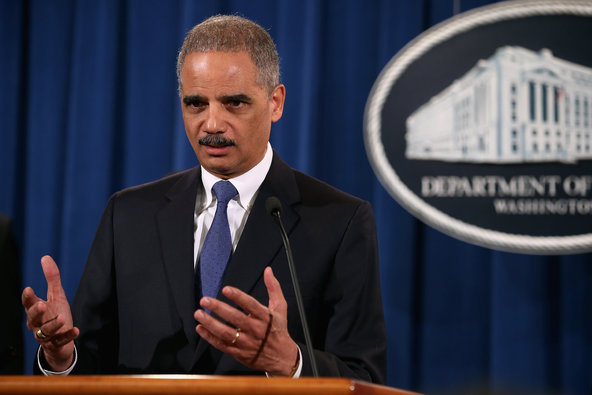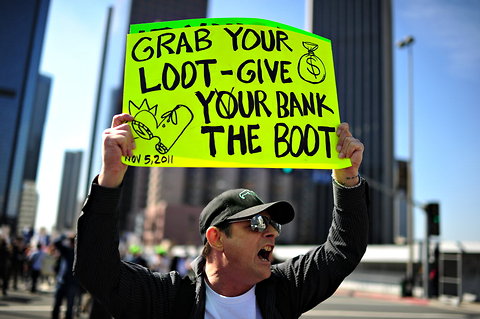In the years after the housing bubble burst, borrowers had to practically promise their firstborn child to secure a mortgage. And while the requirements are still pretty rigorous, particularly for those with less than perfect credit, there are signs that at least some regional lenders and mortgage insurers are beginning to ease up. Some regional banks and credit unions are even offering products that vaguely resemble the more aggressive financing that became all too common during the boom days and eventually got many borrowers into trouble.
The piggyback loan, for instance, is back, mortgage lenders and brokers said. That is when borrowers take out two mortgages simultaneously (or a mortgage and a line of credit) so they can avoid the private mortgage insurance required on traditional mortgages for more than 80 percent of the home’s value.
And some credit unions, including Navy Federal and NASA Federal Credit Union, are offering 100 percent financing, at least in markets where home values have stabilized and appear to be on the upswing. U.S. Bank and Wells Fargo said they still allowed borrowers to use piggyback loans.
The big difference this time, lenders and mortgage brokers say, is that the loans are not being made to just anyone but to borrowers who can afford to pay them back (at least for now).
“This is all good news for consumers,” said Guy Cecala, publisher of Inside Mortgage Finance. “We are starting to see some loosening, but it’s very specific. It’s just in its infancy now, and it’s not the type of piggyback loans or low down payment loans that we saw before.”
And while there were clearly too many confusingly complex loans offered to too many unqualified borrowers at the height of the housing boom, what is being offered now seems reasonable, Mr. Cecala said. How far the lenders will eventually go to stand out from the competition remains to be seen. “The real question,” he said, “is, Will they be any more dangerous than what we’ve seen before?”
Lenders are beginning to be more accepting of merely average loan candidates, in certain circumstances. According to Mr. Cecala, traditional mortgages in the last several years were largely made to people with down payments of at least 20 percent and a strong average credit score of 760.
“That is phenomenally tough underwriting,” he said. “Now, what you are seeing is that lenders are willing to tinker with one element at a time. So if someone is putting at least 20 percent down, they will go down to 720. And if someone has a 760 or a 780 credit score, they might be willing to go up to a 95 percent” financing, he added, referring to a mortgage for 95 percent of the home’s value.
After 2008, many borrowers with little money to put down, and decent but not perfect credit, had little choice but to look to the Federal Housing Administration. The F.H.A., which does not make loans but insures mortgages that meet its guidelines, filled the hole left by the more traditional lenders: it extended credit to people who had as little as 3.5 percent to put down and spotty credit scores. As a result, the number of new mortgages originated by the F.H.A. ballooned.
But now, mortgage lenders and brokers say, more homeowners with smaller down payments are able to use private mortgage insurance. That is because the private insurers, which imposed even stricter qualifying standards than some banks during the housing downturn, are also becoming a bit more flexible. At the same time, the F.H.A. has been significantly increasing its fees over the last couple of years to shore up its finances and encourage more traditional lending again .
“We were frequently in the position where we could underwrite the loan but we couldn’t find the mortgage insurance,” said Brian Thielicke, a partner and senior loan officer at Cobalt Mortgage in Tukwila, Wash. “Now, it’s completely gone the other way.”
Mr. Ratcliff, a 27-year-old software tester, said he had no real trouble getting a mortgage for the four-bedroom house in Seattle that he bought for $325,000. He got a 30-year mortgage with a fixed rate of 3.5 percent.
“There was money out there if you had the credit,” Mr. Ratcliff said, adding that he had a good credit score. Finding an affordable first home proved the hard part, since there were so many other buyers to compete with and few homes in his price range.
He was able to make a down payment of 5 percent, or about $16,000, because he obtained private mortgage insurance. He borrowed another $15,000 or so from his 401(k) to cover closing and other costs, including the insurance. (He paid $5,800 upfront so he could avoid monthly insurance payments.) His overall monthly payments, about $1,700 and another $200 for the 401(k) loan, will be only slightly more than what he paid in rent.
Article source: http://www.nytimes.com/2013/04/13/your-money/signs-of-easier-money-for-mortgages.html?partner=rss&emc=rss



